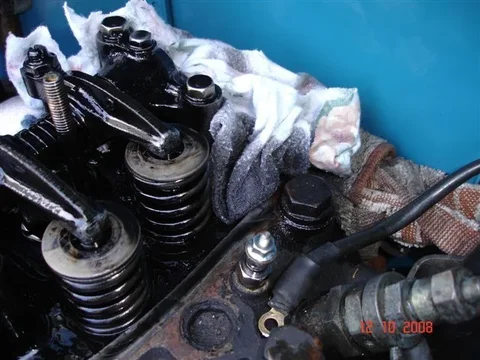crushers
post ho
the only true way to check for diviots is to remove the rocker shaft and look...
Follow along with the video below to see how to install our site as a web app on your home screen.
Note: This feature may not be available in some browsers.
This site may earn a commission from merchant affiliate
links, including eBay, Amazon, Skimlinks, and others.
LOL!!
i have yet to see someone set the valves ona running engine.
you bring the engine up to operating temp, shut it down and adjust the valves...
the only true way to check for diviots is to remove the rocker shaft and look...

And since "adjusting the tappets/valves" is such a common service job - I thought a lot of people would have strong individual views on how it should be done (and that I'd get a lot of ridicule for the way I did it).
I ran searches on "adjusting tappets" and "adjusting valves" to try and see what others do and came up with

yes, that is an acceptable final adjustment...
operating temp, shut down, turn to top dead centre, adjust, turn to top dead centre and adjust the other 4 as per manual...
I'm suspecting that most, like me, have been reluctant to do jobs like this which is why we all love your posts so much, Tom.
Keep up the good work as it encourages the rest of us to get on our preventative maintenance.


G'day Tom,
I have come to consider you the B diesel Guru, and I thought you might be able to help me here. I think I am going to part this BJ40 out, as it has loads of clean, rust-free bits (and I need the grille). I will sell the engine, but it sure would be good to know what model it is. I am very familiar with the petrol and H diesel engines, but not with the 4 cyl ones.
Is there any way to tell a B from a 3B at a glance? (see photo) What are the differences in the serial number? I just bought a 1980 BJ40 for parts, and the bloke who jump-started it for me at the truck depot said it was a 3B (apparently he is Cruiser expert). I know that it has a new engine in it, but the PO did not know any details, other than it had been rebuilt 3000 kms ago.
The truck has loads of power, and the engine runs very well and smoke-free. Thanks for your help.
Cheers,
Josh
Attached Images
(I don't know exactly where the "low oil pressure cutout" is located on a 3B.)
I'm sure a lot of people just think of me as "a geriatric with too much time on his hands" (and therefore - someone who rambles on endlessly).
And it is true that it must be age-related. Because back in 1981 when I did the last adjustment (and was 27 years younger) - I simply wrote "adjusted tappets" as the entry in my logbook. (Nothing more.) - Yet I would have had the same doubts about my methods back then! (Except I guess I didn't care so much about "getting it right" back then.)

just forward of the bell housing on the RHD side...there is a ID stamped into the casting...




try upper left side just below the head and near the firewall...
the 3B is in BIG letters there...


 , 7 (7) and 8 (13)
, 7 (7) and 8 (13)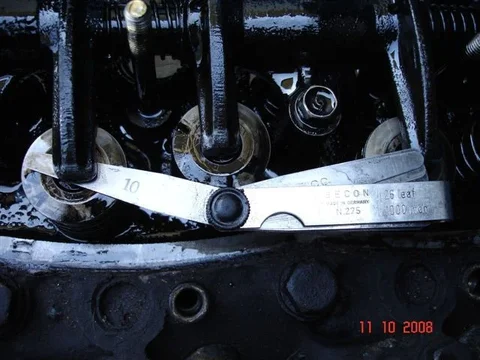
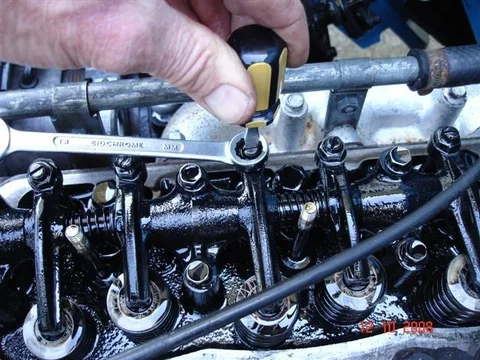
At first I thought you'd made an error here Wayne because Engine Australia asked me for my "casting number" when I ordered an overhaul kit. And that number sits on my engine's LH side (not RH side). Here it is:
View attachment 265543
But then I decided to study the RH side just forward of my bellhousing and I did find these numbers there together with a Diahatsu symbol:
View attachment 265544
But neither set of numbers show it is a "B engine". The only lettering I have for that (that I have found thus far) is a sticker on the rocker cover here: (But these stickers often wear off.)
View attachment 265545
I was interested to see that Diahatsu symbol on the block though - Previously (before today) I was aware only of the one on my alloy timing cover. It certainly proves that my whole engine was made by Diahatsu. (Edit: Well. Since there's a Toyota symbol cast into the other side of the block, I guess it really just proves that Toyota and Diahatsu were working together in producing engines.)
Oh. There is actually another sticker right on the front of my rocker cover that appears to say mine is a "1B" engine (which makes sense considering there are 2B and 3B engine models - although I've never heard people refer to mine as a 1B):
View attachment 265550
I think I prefer to call it a B-engine because 1B sounds too inferior to the 2B or 3B. Whereas B sounds almost superior!!!.
Reminds of when I parked the wife's Nissan Pulsar CJII next to a Nissan Pulsar CJI. I jokingly said in a toffy voice "Oh. I see yours is only a CJ one. O-U-R-S is a CJ two". And the owner really got quite angry? (I actually wouldn't have a clue about the difference in our cars - assuming there is any.)
...........but I'm rambling again.
...
Jeeeeez. Crickey! Thanks again Wayne.
Yep. I've got a big "B" in my block casting right behind the EDIC and forward of a "frost plug":
View attachment 265580
I never noticed that before! (And how long have I owned this veeehickle?)
 Maybe it is time to break out the brake cleaner and clean her up, although I'm a little worried that I might start springin' leaks.
Maybe it is time to break out the brake cleaner and clean her up, although I'm a little worried that I might start springin' leaks.



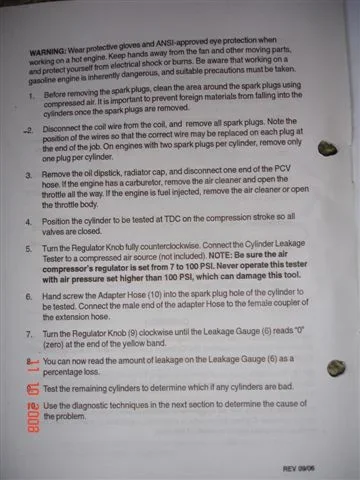

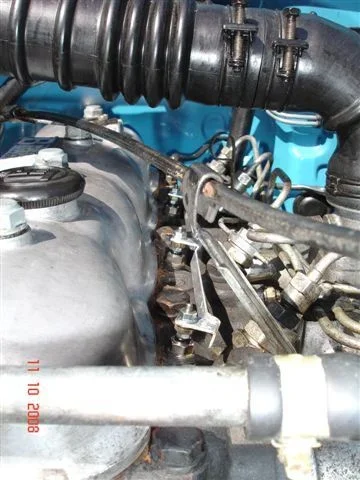
 ): (Hey - There could be an anology with soaking up blood on a sloping operating table too
): (Hey - There could be an anology with soaking up blood on a sloping operating table too  )
)